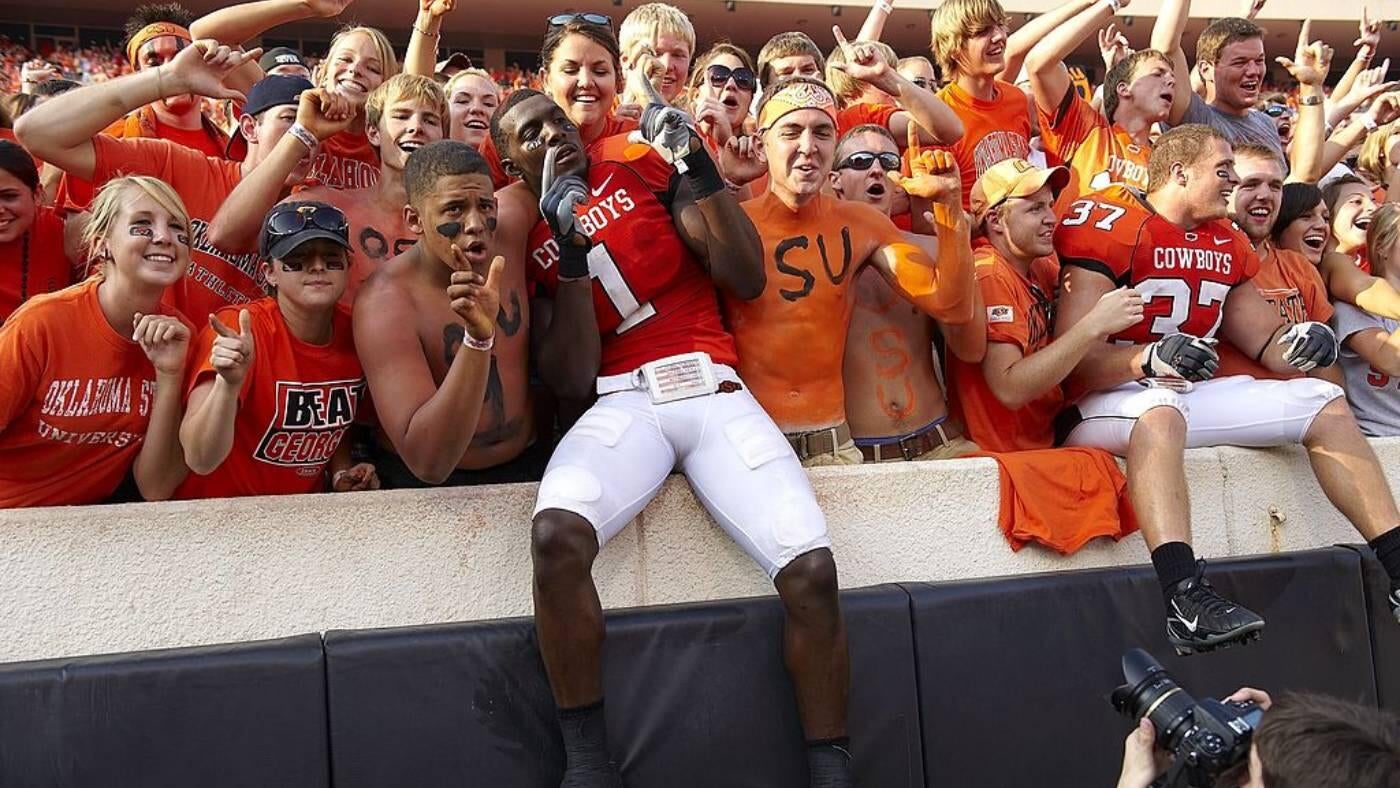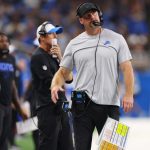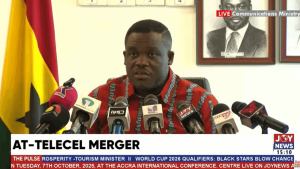
What happened to Oklahoma State? How one of college football’s coolest brands slipped to a Saturday long shot
A little more than a decade ago, Oklahoma State and Oregon were two of the defining up-and-coming brands in college football. The Ducks played for the 2010 national title, while the Cowboys were a heartbreak away from doing the same in 2011. Both had billionaire backers — the late T. Boone Pickens at Oklahoma State, Phil Knight at Oregon.
But heading into their first-ever regular-season matchup Saturday, the two programs couldn’t be more different. Oregon is a 28.5-point home favorite, a gap that reflects not just talent but philosophy.
No. 6 Oregon has embraced aggression in the NIL era, elevating its roster to No. 5 nationally in the 247Sports Talent Composite. Oklahoma State, meanwhile, has stumbled in its adjustment.
From 2015-17, Mason Rudolph guided the Cowboys to three straight 10-win seasons. The program then endured three middling years before Jim Knowles’ defense carried OSU to the 2021 Big 12 title game. When Knowles left, the defense crumbled. Ollie Gordon’s breakout season in 2023 briefly revived the program, but with his regression in 2024, the Cowboys fell to 3-9 — the worst season of Mike Gundy’s tenure.
For years, Oklahoma State’s identity was elite quarterback play and receivers bound for the NFL. But the program hasn’t produced a drafted wideout since 2021 or a drafted quarterback since Rudolph in 2018. The drought coincides with the NIL era, which began the same year as the Cowboys’ last drafted receiver.
Gundy has repeatedly pointed to money. He claimed this week that Oklahoma State spent just $7 million on NIL across the last three years, compared to what he alleged was $40 million at Oregon — a number almost certainly inflated. Still, the admission is telling. Gundy himself makes more than $7 million per year.
This offseason marked a turning point. Gundy said the 2025 roster was the first he ever “bought.” The Cowboys signed 41 transfers, 65 new players overall, with more than 30 arriving only this summer. Both coordinators were fired after last season, and nine new staff members were hired to reset a program long defined by continuity.
Money alone doesn’t explain every problem. Blue-chip quarterback Garret Rangel never developed as expected. Promising receiver Maealiuaki Smith transferred out. Even with underwhelming NIL investment, talent simply hasn’t been maximized.
Elsewhere in the Big 12, programs have adapted in different ways. Arizona State used the portal to backfill under Kenny Dillingham. Kansas State and Iowa State focus on retaining and developing homegrown talent. Texas Tech spends heavily on high school recruiting at premium positions.
Oklahoma State has begun to follow suit, hiring program great Kenyatta Wright as general manager to overhaul roster construction. The Cowboys still rank competitively with the rest of the Big 12 in the talent composite, and the House settlement will soon guarantee $20.5 million annually across the athletic department.
There are also flashes of promise. Freshman quarterback Hauss Hejny impressed before suffering a foot injury in the opener. Receivers Terrill Davis and Shamar Rigby both popped big plays. Veteran defensive end Jaleel Johnson had 2.5 tackles for loss.
Oregon, however, represents a different weight class — a championship contender that reloads annually. Saturday may underline the gap between the programs. But long term, with money and roster-building tools now standardized, Oklahoma State has a chance to close it again.A little more than a decade ago, Oklahoma State and Oregon were two of the defining up-and-coming brands in college football. The Ducks played for the 2010 national title, while the Cowboys were a heartbreak away from doing the same in 2011. Both had billionaire backers — the late T. Boone Pickens at Oklahoma State, Phil Knight at Oregon.
But heading into their first-ever regular-season matchup Saturday, the two programs couldn’t be more different. Oregon is a 28.5-point home favorite, a gap that reflects not just talent but philosophy.
No. 6 Oregon has embraced aggression in the NIL era, elevating its roster to No. 5 nationally in the 247Sports Talent Composite. Oklahoma State, meanwhile, has stumbled in its adjustment.
From 2015-17, Mason Rudolph guided the Cowboys to three straight 10-win seasons. The program then endured three middling years before Jim Knowles’ defense carried OSU to the 2021 Big 12 title game. When Knowles left, the defense crumbled. Ollie Gordon’s breakout season in 2023 briefly revived the program, but with his regression in 2024, the Cowboys fell to 3-9 — the worst season of Mike Gundy’s tenure.
For years, Oklahoma State’s identity was elite quarterback play and receivers bound for the NFL. But the program hasn’t produced a drafted wideout since 2021 or a drafted quarterback since Rudolph in 2018. The drought coincides with the NIL era, which began the same year as the Cowboys’ last drafted receiver.
Gundy has repeatedly pointed to money. He claimed this week that Oklahoma State spent just $7 million on NIL across the last three years, compared to what he alleged was $40 million at Oregon — a number almost certainly inflated. Still, the admission is telling. Gundy himself makes more than $7 million per year.
This offseason marked a turning point. Gundy said the 2025 roster was the first he ever “bought.” The Cowboys signed 41 transfers, 65 new players overall, with more than 30 arriving only this summer. Both coordinators were fired after last season, and nine new staff members were hired to reset a program long defined by continuity.
Money alone doesn’t explain every problem. Blue-chip quarterback Garret Rangel never developed as expected. Promising receiver Maealiuaki Smith transferred out. Even with underwhelming NIL investment, there has been talent that simply wasn’t maximized.
Elsewhere in the Big 12, programs have adapted in different ways. Arizona State used the portal to backfill under Kenny Dillingham. Kansas State and Iowa State focus on retaining and developing homegrown talent. Texas Tech spends heavily on high school recruiting at premium positions.
Oklahoma State is trying to follow suit, hiring program great Kenyatta Wright as general manager to overhaul roster construction. The Cowboys still rank competitively with the rest of the Big 12 in the talent composite, and the House settlement will soon guarantee $20.5 million annually across the athletic department.
There are also flashes of promise. Freshman quarterback Hauss Hejny impressed before suffering a foot injury in the opener. Receivers Terrill Davis and Shamar Rigby both popped big plays. Veteran defensive end Jaleel Johnson had 2.5 tackles for loss.
Oregon, however, represents a different weight class — a championship contender that reloads annually. Saturday may underline the gap between the programs. But long term, with money and roster-building tools now standardized, Oklahoma State has a chance to close it again.











